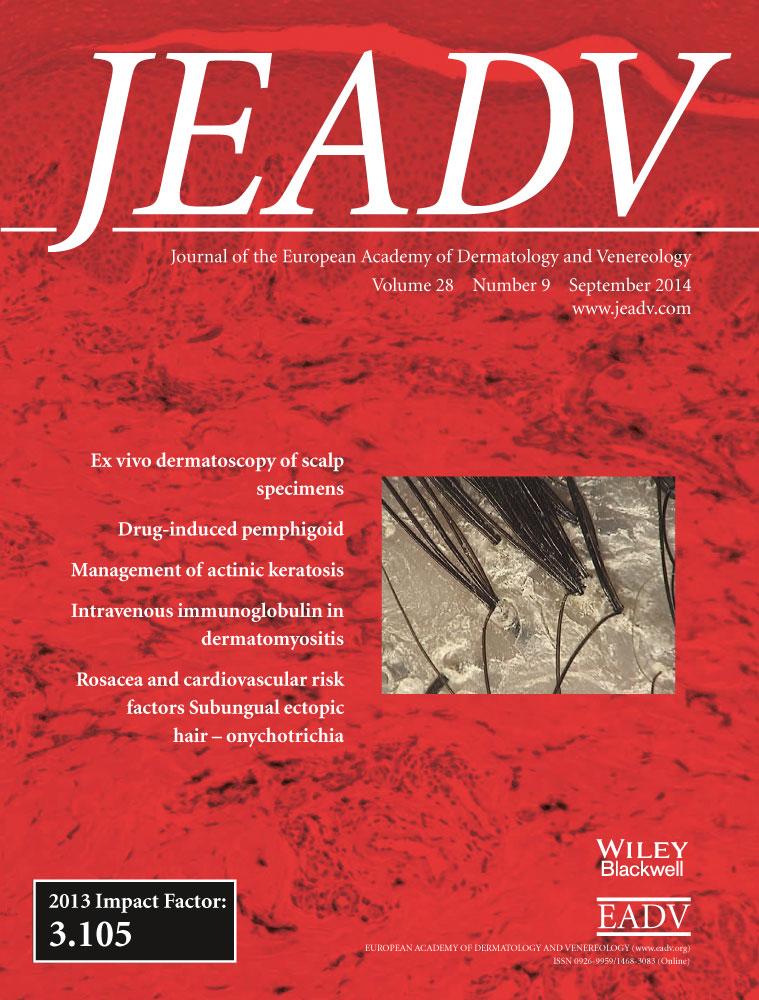The efficacy in treatment of facial atrophic acne scars in Asians with a fractional radiofrequency microneedle system
Conflict of interest
None declared.Funding sources
None declared.Abstract
Background
Treatment of acne scars remains a challenge to dermatologists. Multiple modalities have been employed with variable results and adverse effects.
Objective
To determine the efficacy and adverse effects of a fractional radiofrequency microneedle system (FRMS) on acne scars in Asians at 1-, 3- and 6-month follow-up visits after treatment.
Methods
Thirty subjects with atrophic acne scars for more than 6 months were enrolled in the study. All volunteers were treated with a FRMS on affected areas. The subjects were treated for a total number of three treatment sessions at 1-month intervals. Subjective assessments were obtained at baseline, 1, 3 and 6 months after the last treatment session by self-evaluation and two blinded dermatologists. Objective evaluation using an ultraviolet A-light video camera was also performed. In addition, pain scores, immediate reactions, healing times and other adverse effects were evaluated.
Results
Twenty-six subjects with skin phototypes III–V completed treatment protocol. The average mean scar age was 7 years (range: 0.5–15 years). At 6-month follow-up visit, the majority of the subjects (42.3%) reported a 26–50% improvement on their acne scars. Percent reduction in scar volume corresponded to clinical evaluation. Adverse reactions of the treatment included pain, immediate oedema/erythema, minimal scabbing and transient pigmentary alteration on treated areas. The average pain score was 5.6 of 10. Worsening of skin texture or new scar formation was not observed in any subjects.
Conclusion
Fractional radiofrequency microneedle system is a safe and effective device for treating acne scars in Asians with minimal risk of downtime and adverse effects.




